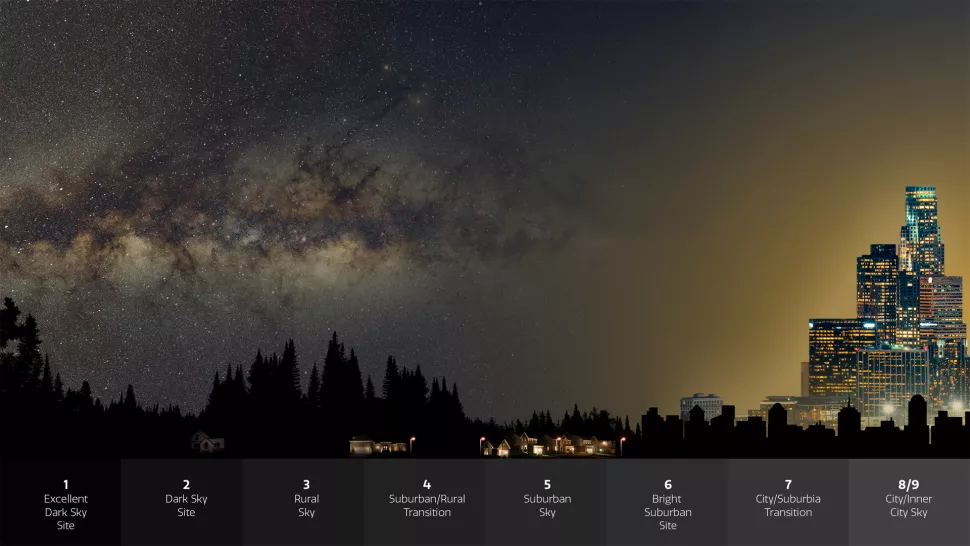MI weekly selection #518

New theory of how Earth formed
Scientists have found evidence that the Earth was created from a rapid landslide in less than 5 million years rather than a gradual series of celestial collisions, revising the longstanding theory of how Earth-like planets form in the galaxy. “With this new planet formation mechanism, the chance of having habitable planets in the galaxy is much higher than we previously thought,” said Martin Bizzarro, co-author of the study.
Full Story: The Hill
Light pollution is worse than previously thought
More than 80% of the global population lives in areas with light-polluted skies that are becoming more crowded by almost 10% every year. As LED sales are expected to rise by 15% by 2027 and about 400,000 satellites will orbit low Earth in the coming years, scientists are concerned about the impact of light pollution on astronomers, nocturnal animals and human health.
Full Story: Space
World breaches 1.5C cap, record heat predicted for 2023
Surface temperatures around the world have risen more than 1.5 degrees Celsius above pre-industrial levels — the threshold set in the 2015 Paris Agreement aimed at limiting global warming — for 11 days in June, marking the first time the limit has ever been breached in the summer. This year, and “just about every El Nino year in the future as well,” will likely be the hottest ever recorded “as long as we continue to warm the planet with fossil fuel burning and carbon pollution,” says climate scientist Michael Mann.
Full Story: Guardian
More dams needed as reservoir efficiency falls
A global surge in dam construction raised capacity, but failed to halt a decline in reservoir volumes over the past 20 years, according to a study published by Nature Communications. Reduced reservoir efficiency due to climate change is one factor, though so are rising water demands, said study lead author Huilin Gao.
Full Story: Reuters
Living with humans may be causing dogs’ brains to grow
Domesticated animals’ average brain size is nearly always smaller than that of their wild ancestors. The average brain volume of wolves is 24% larger than dogs, but the average brain size of dogs that are the most genetically distinct from wolves is larger than that of ancient breeds. Researchers say that dogs’ brains are growing as they evolve through selective breeding, possibly driven by the demands of the complex human-made society in which they now live.
Full Story: Psychology Today